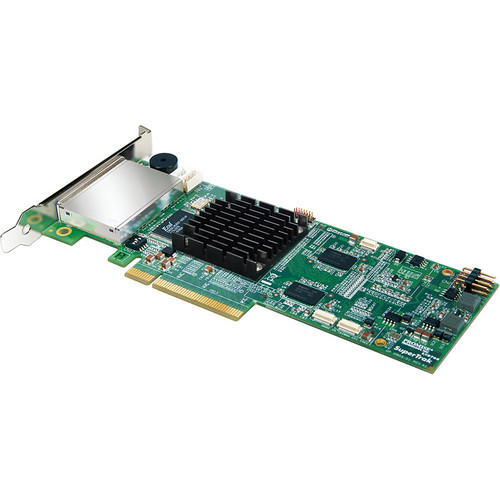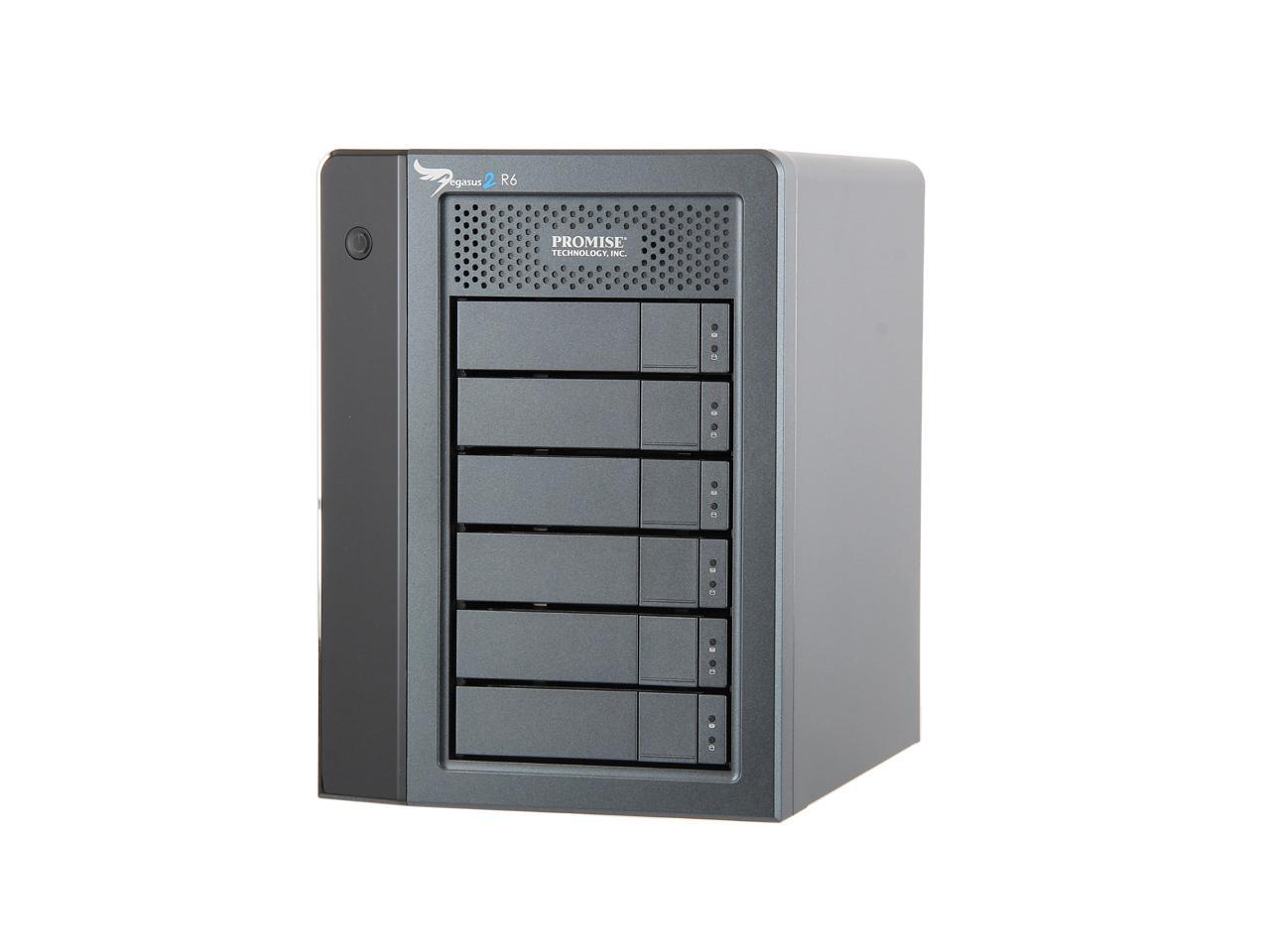

Powered_Up_Time is measured from power on, and printed asĭDd+hh:mm:SS.sss where DD=days, hh=hours, mm=minutes, This value, doesn’t even appear on a healthy member, even with the -v verbose flag.

But a few lines down, we find ATA Error Count: 4. We see SMART Health Status: OK, so if we were just grepping or awking for that, we’d assume that all was well. SMART Self-test log structure revision number: 1 SCT capabilities: (0x003d) SCT Status supported. Recommended polling time: ( 249) minutes. Self-test execution status: ( 0) The previous self-test routineĮrror logging capability: (0x01) Error logging supported. Lifetime Min/Max Temperature: 19/44 Celsius Power Cycle Min/Max Temperature: 29/40 Celsius SCT Version (vendor specific): 256 (0x0100)ĭevice State: SMART Off-line Data Collection executing in background (4) In this example, the Promise Utility reported the health of the RAID as fine, but the performance of this RAID suggested otherwise. So, what does a failing Promise Pegasus RAID member look like? The output will show the SMART statistics for each member of the RAID.

We can obtain the SMART status of the members of a RAID like this: I’ve never seen SMART 187 or 188 reported by a drive member on a Promise Pegasus RAID, but the other values are there. SMART 197 – Current_Pending_Sector_Count.SMART 187 – Reported_Uncorrectable_Errors.When Backblaze published the SMART stats they pay attention to a few years ago, I adopted a practice of replacing drives that exhibited non-zero values for RAW_VALUES of the same SMART stats. Ideally, if a Promise Pegasus has a failing RAID member, or disk, we would want the Promise Utility GUI to report that.


 0 kommentar(er)
0 kommentar(er)
